When embarking on a roofing project, the choice of roof pitch is pivotal, influencing both the aesthetic appeal and the functional aspects of the structure. Among the myriad of roof pitch options, the 6/12 pitch stands out for its harmonious blend of design flexibility and practical benefits. In this article, we delve into the intricacies of the 6/12 roof pitch, shedding light on its advantages, vital considerations, and best practices for installation.
Decoding Roof Pitches
The term ‘roof pitch’ denotes the slope or incline of a roof, represented as a ratio of its vertical rise to its horizontal span. For instance, a 6/12 roof pitch implies that for every 12 inches (or one foot) of horizontal span, the roof ascends by 6 inches. This results in a moderately inclined slope, which is pivotal for various architectural and functional reasons. The 6/12 pitch, in particular, is a favorite in residential constructions, striking the right chord between visual appeal and utility.
Why Opt for a 6/12 Roof Pitch?
Architectural Elegance Amplified
The 6/12 roof pitch, with its moderate incline, infuses depth and distinctiveness to a structure without overshadowing its architectural essence. It seamlessly aligns with a plethora of architectural genres, from the classic to the avant-garde.
Optimized Water Runoff and Snow Dispersion
The slope of a 6/12 pitch is primed for efficient water runoff and snow dispersion, curtailing the risk of leaks and potential roof impairments. Furthermore, its adaptability to diverse roofing materials, be it asphalt shingles, metal, or tiles, amplifies its resilience against inclement weather conditions.
Key Aspects to Ponder for a 6/12 Roof Pitch
Structural Dynamics
The roof’s pitch has a direct bearing on the structural load it shoulders, encompassing the brunt of wind and snow. It’s imperative to liaise with an engineer to ascertain if the existing or proposed framework can endure the load exerted by a 6/12 pitch. Adherence to local building norms and stipulations concerning structural prerequisites is also crucial.

Operational Challenges
A steeper incline might pose accessibility hurdles during construction or subsequent upkeep. The need might arise for specialized apparatus or enhanced safety protocols during the installation or refurbishment of a 6/12 pitched roof. The potential escalation in construction expenditure, owing to augmented materials and manpower for a steeper incline, should also be factored in.
Design Synergy
It’s vital to gauge the architectural ethos and design of your edifice to ensure that the 6/12 roof pitch resonates aesthetically with the overarching design narrative. The harmony of the roof pitch with other design facets, such as fenestrations and external embellishments, should also be assessed.
Climatic Considerations
The local climate, encompassing parameters like precipitation, snowfall, and wind patterns, should be evaluated. It’s essential to ascertain if the 6/12 pitch is conducive for effective water runoff and snow dispersion in the specific locale. Local climatic nuances and stipulations should also be taken into account.
Material Compatibility
Certain roofing materials might be more attuned to a 6/12 pitch due to their inherent attributes like weight and durability. It’s pivotal to research and cherry-pick materials that are in sync with the chosen pitch and assure peak performance and longevity.
Upkeep and Accessibility
The long-haul maintenance requisites of a 6/12 pitched roof, encompassing periodic audits, gutter upkeep, and potential refurbishments, should be contemplated. It’s essential to ensure that the pitch facilitates safe and hassle-free maintenance without undermining the structural robustness.
Best Practices for a 6/12 Roof Pitch Installation
When it comes to installing a 6/12 roof pitch, precision and adherence to best practices are paramount. From meticulous planning and preparation to ensuring worker safety and following manufacturer guidelines, every step is crucial. Regular inspections and maintenance are also vital to ensure the roof’s longevity and optimal performance.
In Conclusion
The decision to opt for a 6/12 roof pitch should be underpinned by a thorough evaluation of various determinants, from structural dynamics and design synergy to climatic considerations and upkeep needs. While the 6/12 pitch offers a plethora of benefits, it’s pivotal to liaise with roofing experts, assess specific requisites, and juxtapose the pros and cons before finalizing. By doing so, you can ensure that the 6/12 roof pitch aligns seamlessly with your project’s objectives, guaranteeing a successful roofing endeavor.
At Lenox Roofing, we pride ourselves on our expertise and commitment to excellence. Whether you’re considering a 6/12 roof pitch or exploring other options, our team is here to guide you every step of the way. As one of the leading roofing companies in Myrtle Beach South Carolina, we bring a wealth of experience and knowledge to the table. Trust Lenox Roofing to deliver roofing solutions that stand the test of time.


